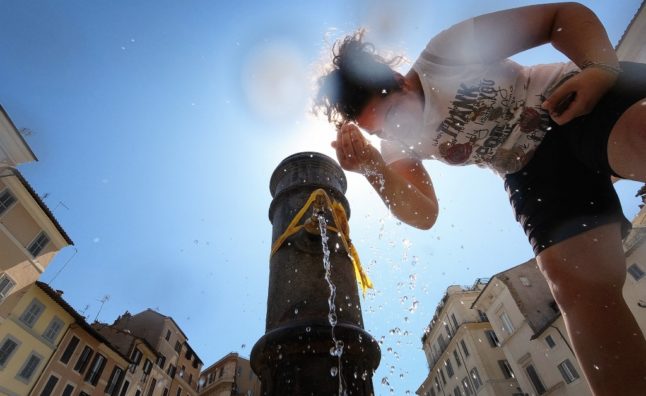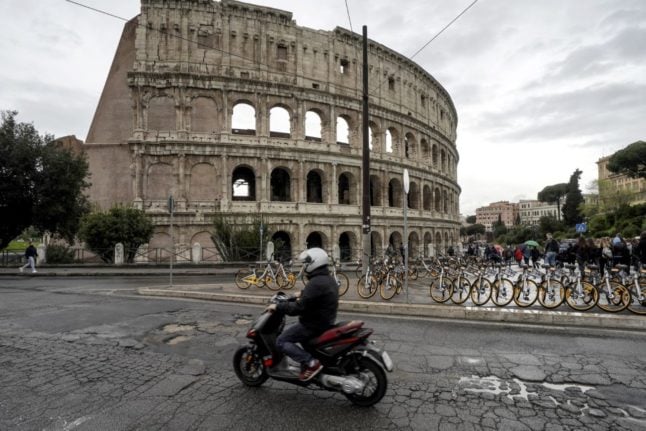1. Cities are largely deserted
If you’re in a city or town, prepare for it to feel strangely empty away from the obvious tourist destinations.
In Rome, car journeys that once involved a half-hour battle through wild traffic become surprisingly quick and stress-free. And where are the crowds at your usual after-work drinks spot in Milan? Even the smallest towns will be noticeably quieter than usual.
This is because all sensible Italian residents have packed up and gone to the beach or the mountains for a month. Next year, you’ll know to do the same.
2. But beaches are packed
Italy was a nation of staycationers even before the pandemic, with most Italians choosing to holiday in their own country (and who could blame them?)
You’ll notice the impact of this in August, when it’s tutti al mare: everyone flees to the beach, or maybe the mountains, at the same time.
Expect resorts to be packed and hotels, Airbnbs and campsites to be fully booked, especially with international tourist numbers booming as post-Covid travel picks up.
3. Shops have cheery ‘closed for holidays’ signs
Shop workers and owners take time off like everyone else and it’s very common for small independent businesses like bakeries, pharmacies and florists to close for up to a month.
Some will tell you when they expect to reopen, others just put a sign in the window saying ‘chiuso per ferie’ – closed for holidays.
Chiuso x ferie…🤣🤣#estateitaliana #estateitaliana2022 #estate2022 #chiusoperferie pic.twitter.com/8MarLX432G
— Antonio Scafuro (@AntonioScafuro4) July 24, 2022
4. The summer sales are (still) on
Those shops that do remain open – mainly large chain stores and supermarkets – offer discounts throughout most or all of August to those dedicated shoppers who aren’t at the beach.
Italy only allows two retail sales a year, and one of those runs through July and August, and in some regions, into September.
5. Everyone you contact is out of office
Need to contact anyone urgently at work this month? If they’re in Italy, then too bad.
Office workers are also usually on holiday, and a great many offices close altogether for three or four weeks.
READ ALSO: Ferragosto: Why the long August holidays are untouchable for Italians
Forget about out-of-office email replies suggesting an alternative contact or that the person will be checking their email sporadically – they will be on the beach and whatever you want can wait until they are back.
This applies to banks and to any kind of government bureaucracy, and you may also have trouble getting medical appointments at this time of year.

6. There are ‘red alert’ heat warnings in place
Italy already experienced one extreme and prolonged heatwave in July this year, and more are likely to follow as extreme weather becomes increasingly common due to climate change.
But even without heatwaves, temperatures within the ‘normal’ summer range in Italy can be hot enough: expect the mid-30s (Celsius) and beyond in many areas.
As we get into August temperatures will no doubt be high across the board, meaning health authorities put heat warnings in place on the hottest days and strongly advise people to stay out of the sun during the hottest hours of the afternoon.
7. Every major road has a traffic warning
Italy’s state police make liberal use of the red pen when putting together the official traffic forecast for August.
All weekends – and the days on either side – tend to feature ‘red dot’ traffic warnings as people head off on holiday, or return home.
CALENDAR: The busiest dates to travel on Italy’s roads this August
The final weekend of August, when people drive home in time for il rientro (the return to school and work in September) is also best avoided.



 Please whitelist us to continue reading.
Please whitelist us to continue reading.
Member comments